Notes from ChinaFile
11.13.24
‘A Nation Was Forged by Literary Writers’
from Granta
This year, I returned to a Beijing I hardly recognized. It was not the capital I first glimpsed as a child in the 1980s, when groups of men in thin jackets stood smoking in the cold, and tides of cyclists seemed ready to carry me away. Nor was it...
Viewpoint
10.16.24
Where the Malan Blooms
This October 16 marks the 60th anniversary of the testing of the first Chinese nuclear bomb. When my friends and I coiled up our jump ropes and returned to class, we learned inspirational tales about the earliest generation of Chinese nuclear...
Books
09.17.19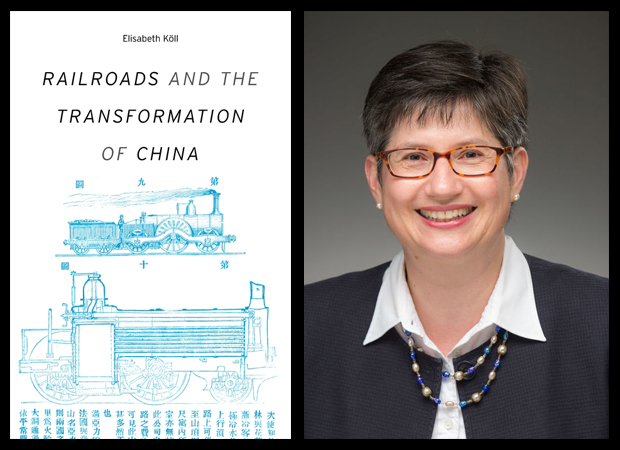
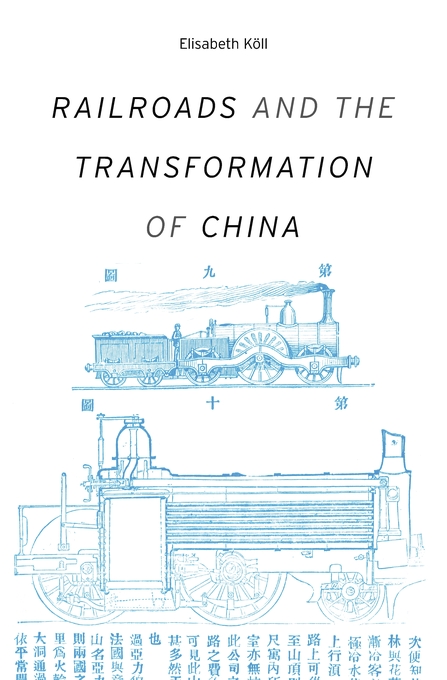
Railroads and the Transformation of China
Harvard University Press: As a vehicle to convey both the history of modern China and the complex forces still driving the nation’s economic success, rail has no equal. Railroads and the Transformation of China is the first comprehensive history, in any language, of railroad operation from the last decades of the Qing Empire to the present.China’s first fractured lines were built under semicolonial conditions by competing foreign investors. The national system that began taking shape in the 1910s suffered all the ills of the country at large: warlordism and Japanese invasion, Chinese partisan sabotage, the Great Leap Forward when lines suffered in the “battle for steel,” and the Cultural Revolution, during which Red Guards were granted free passage to “make revolution” across the country, nearly collapsing the system. Elisabeth Köll’s expansive study shows how railroads survived the rupture of the 1949 Communist revolution and became an enduring model of Chinese infrastructure expansion.The railroads persisted because they were exemplary bureaucratic institutions. Through detailed archival research and interviews, Köll builds case studies illuminating the strength of rail administration. Pragmatic management, combining central authority and local autonomy, sustained rail organizations amid shifting political and economic priorities. As Köll shows, rail provided a blueprint for the past 40 years of ambitious, semipublic business development and remains an essential component of the People’s Republic of China’s politically charged, technocratic economic model for China’s future.{chop}
Books
01.04.17
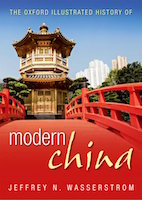
The Oxford Illustrated History of Modern China
This lavishly illustrated volume explores the history of China during a period of dramatic shifts and surprising transformations, from the founding of the Qing Dynasty (1644-1912) through to the present day.The Oxford Illustrated History of Modern China promises to be essential reading for anyone who wants to understand this rising superpower on the verge of what promises to be the “Chinese century,” introducing readers to important but often overlooked events in China’s past, such as the bloody Taiping Civil War (1850-1864), which had a death toll far higher than the roughly contemporaneous American Civil War. It also helps readers see more familiar landmarks in Chinese history in new ways, such as the Opium War (1839-1842), the Boxer Uprising of 1900, the rise to power of the Chinese Communist Party in 1949, and the Tiananmen protests and Beijing Massacre of 1989.This is one of the first major efforts—and in many ways the most ambitious to date—to come to terms with the broad sweep of modern Chinese history, taking readers from the origins of modern China right up through the dramatic events of the last few years (the Beijing Games, the financial crisis, and China’s rise to global economic pre-eminence) which have so fundamentally altered Western views of China and China’s place in the world. —Oxford University Press{chop}
Viewpoint
12.30.15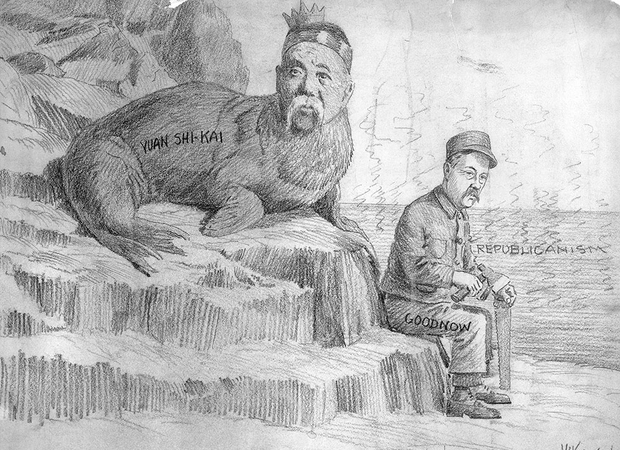
The Perils of Advising the Empire
Goodnow was not the first, nor would he be the last, foreign academic to have their views appropriated in support of illiberal regimes. Recent controversies involving Daniel Bell, whom The Economist once directly compared to Frank Goodnow, and his...
Out of School
12.20.11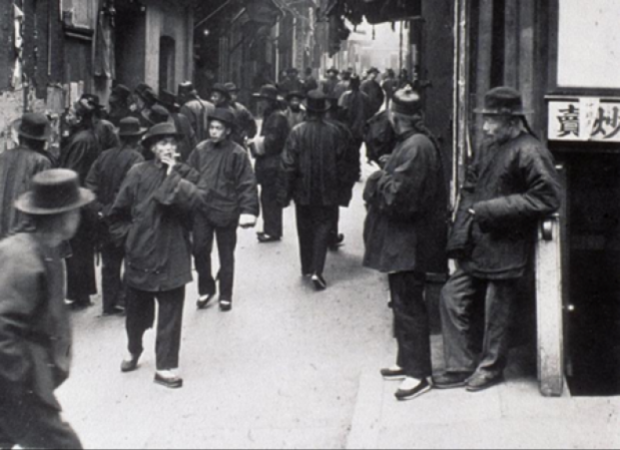
The “United States of China,” 100 Years Later
On September 29, 1910, a young Chinese cook in Berkeley named George Fong bought himself a .38 caliber revolver. The next day he hiked up into the hills behind the fraternity house where he worked at the University of California, found a secluded...



